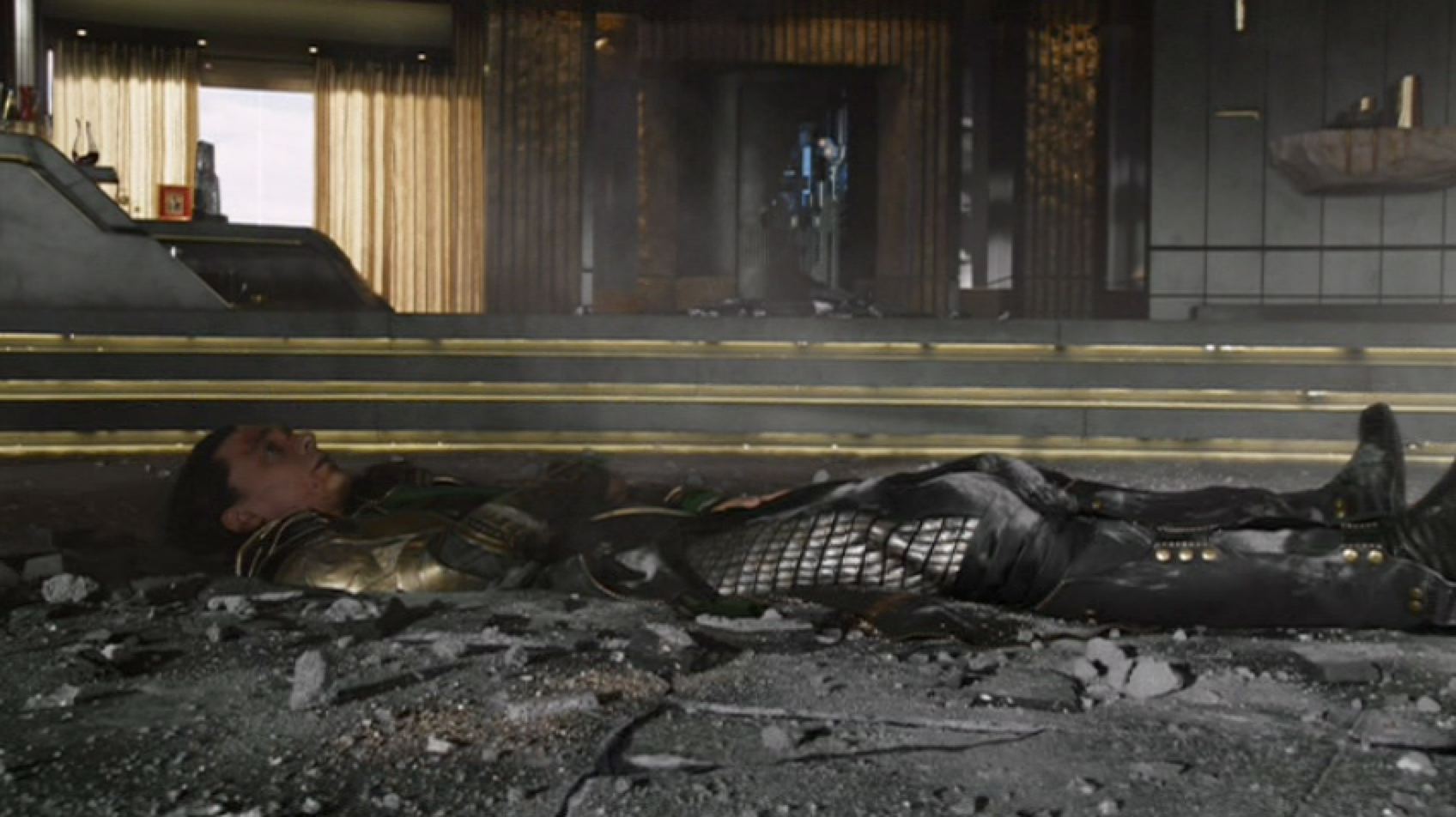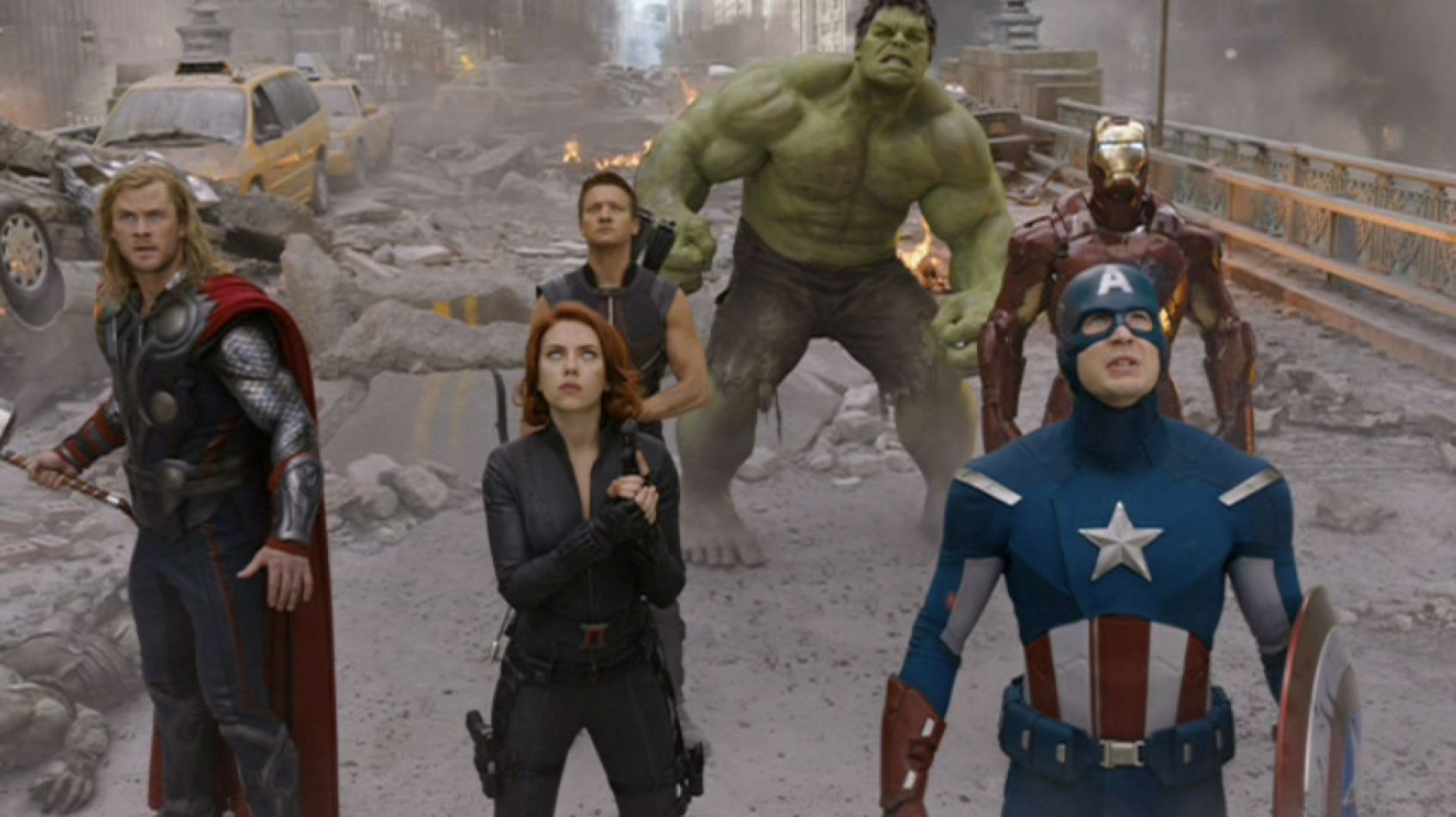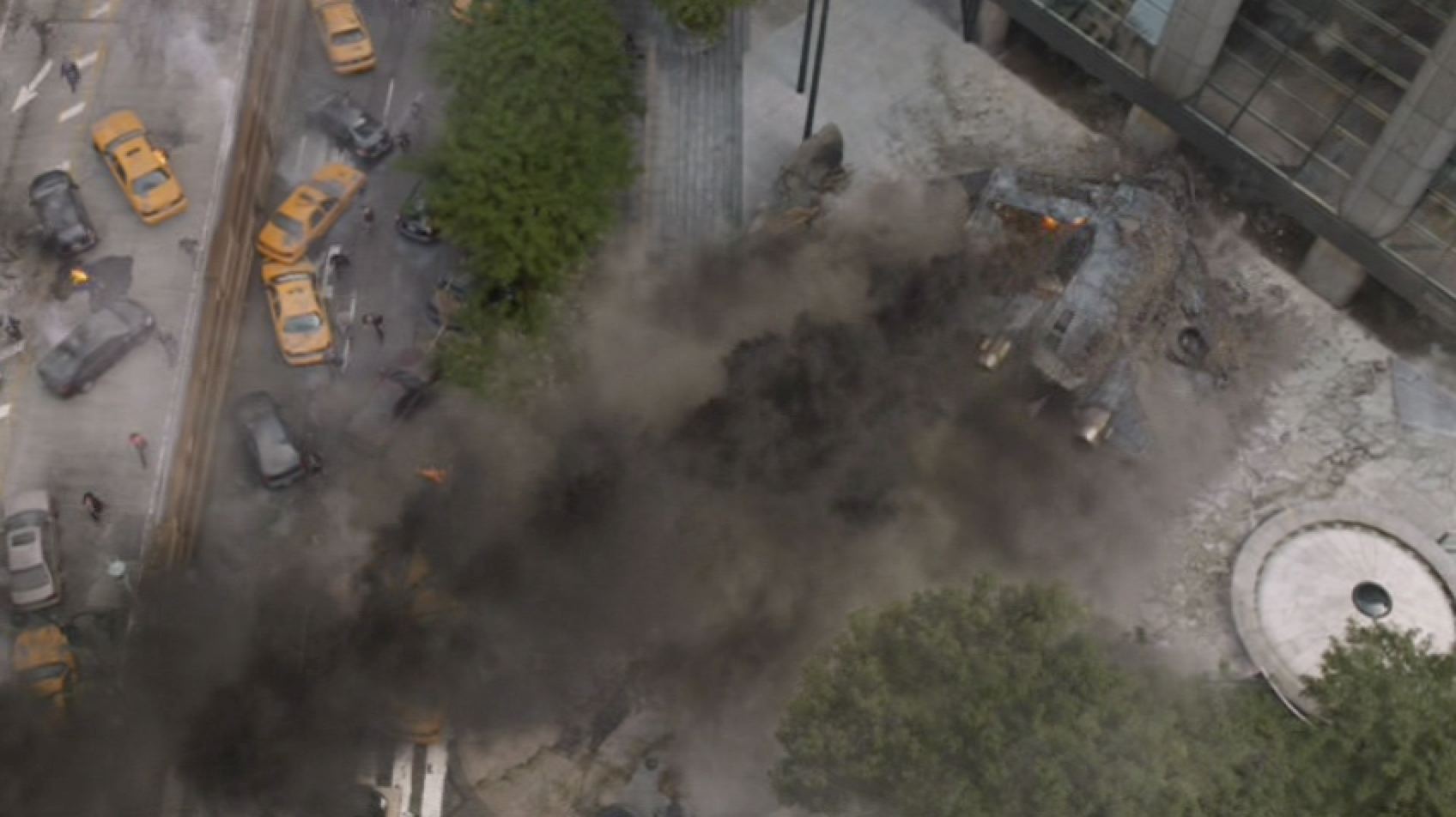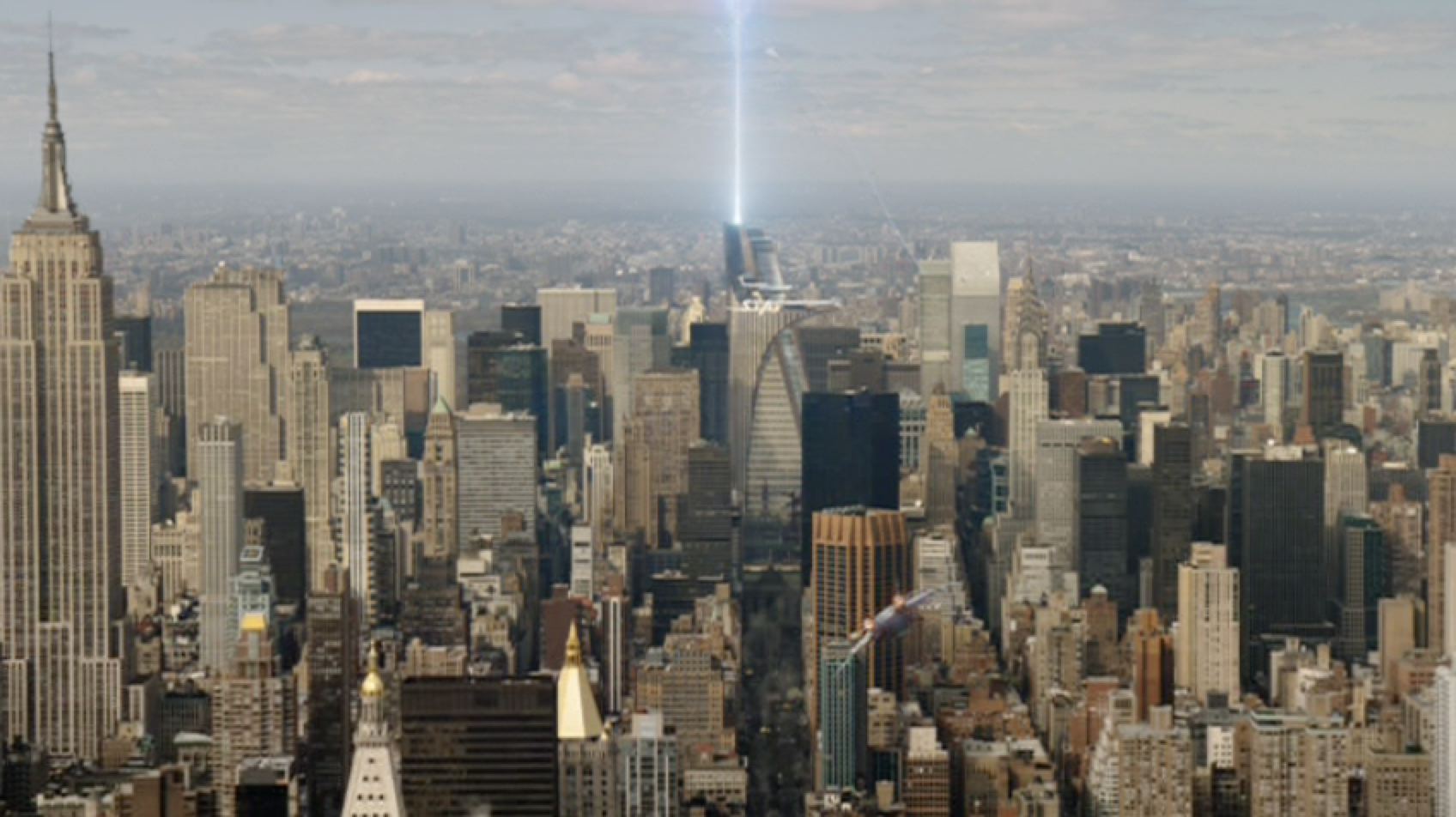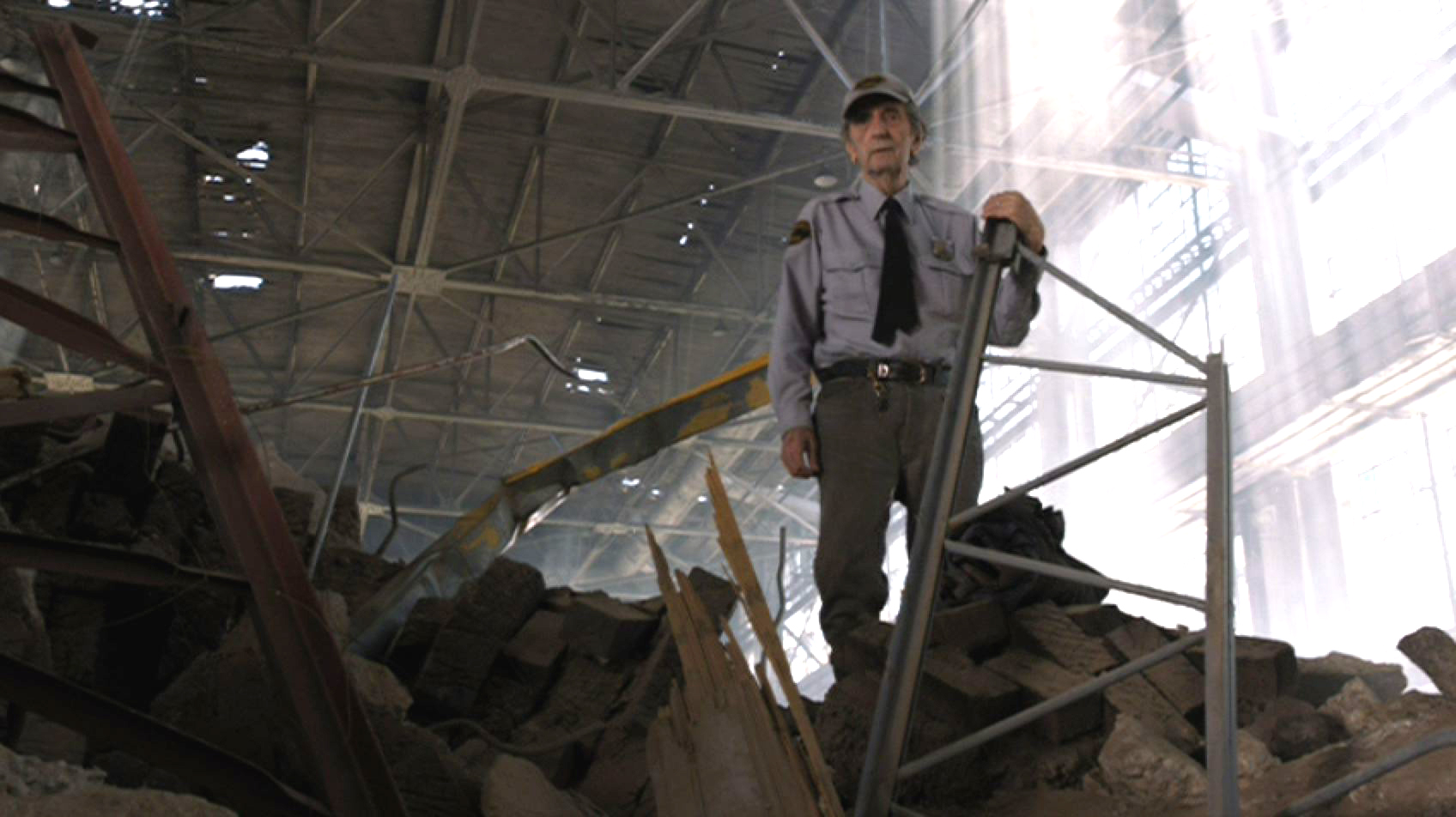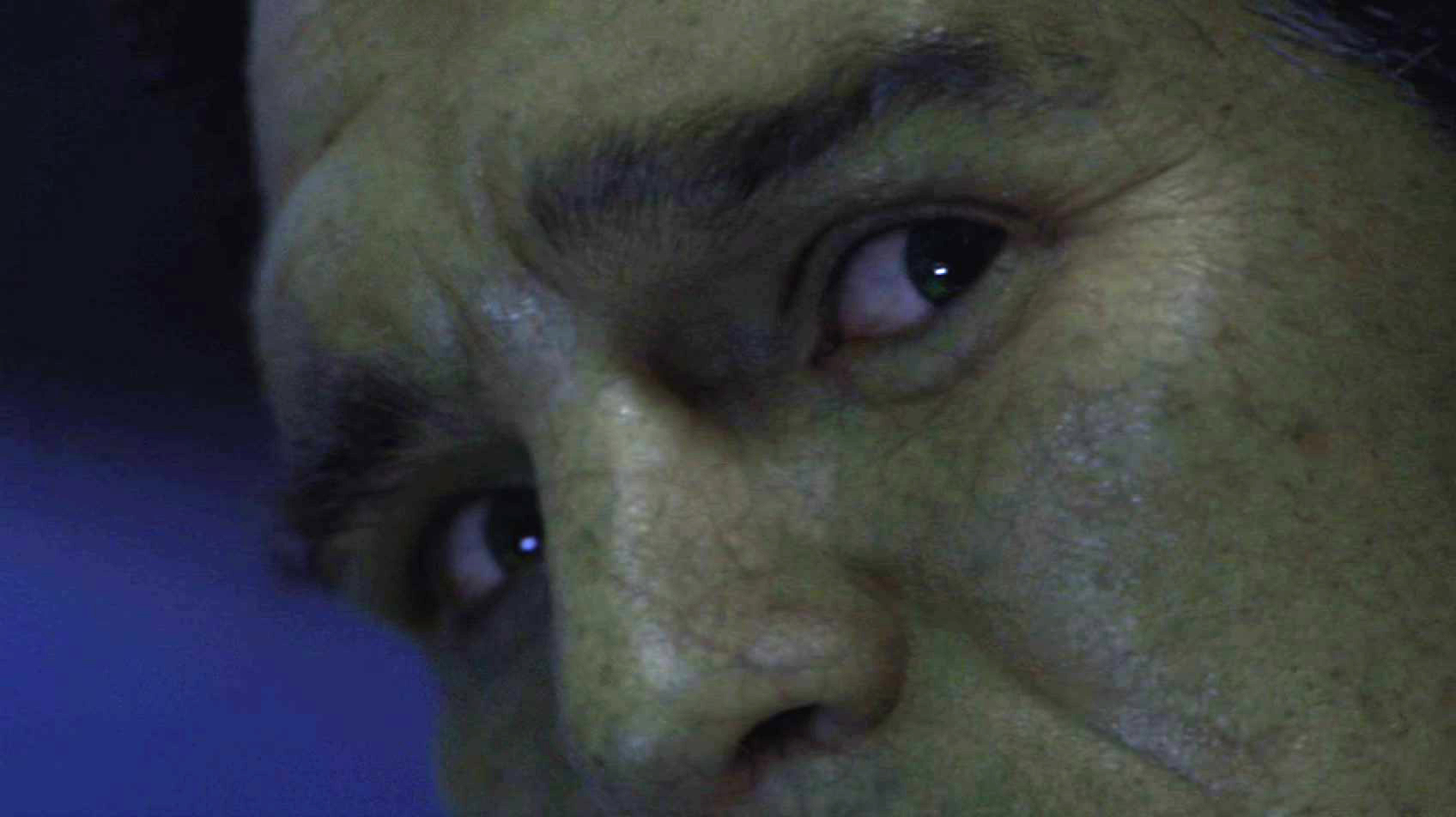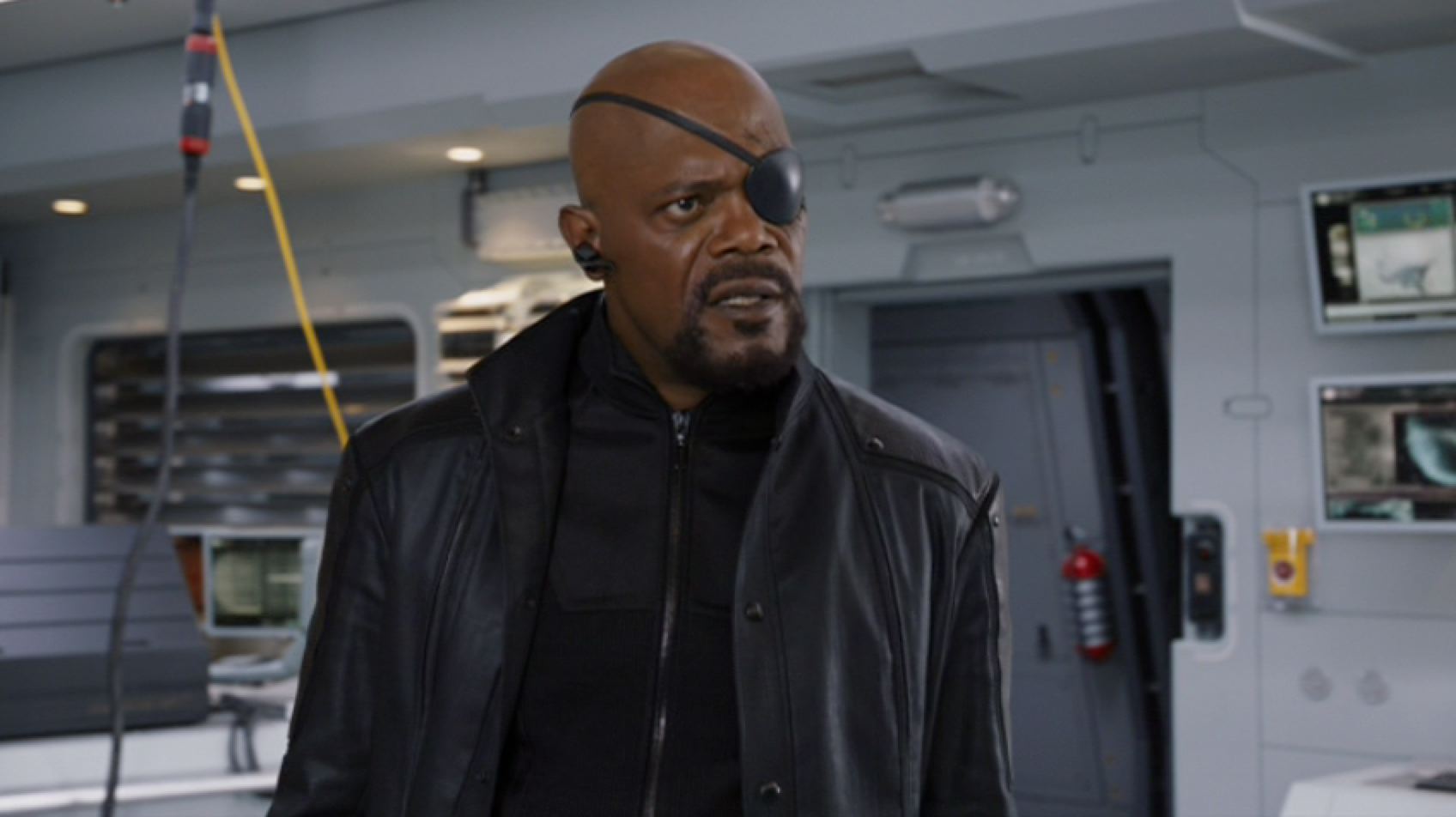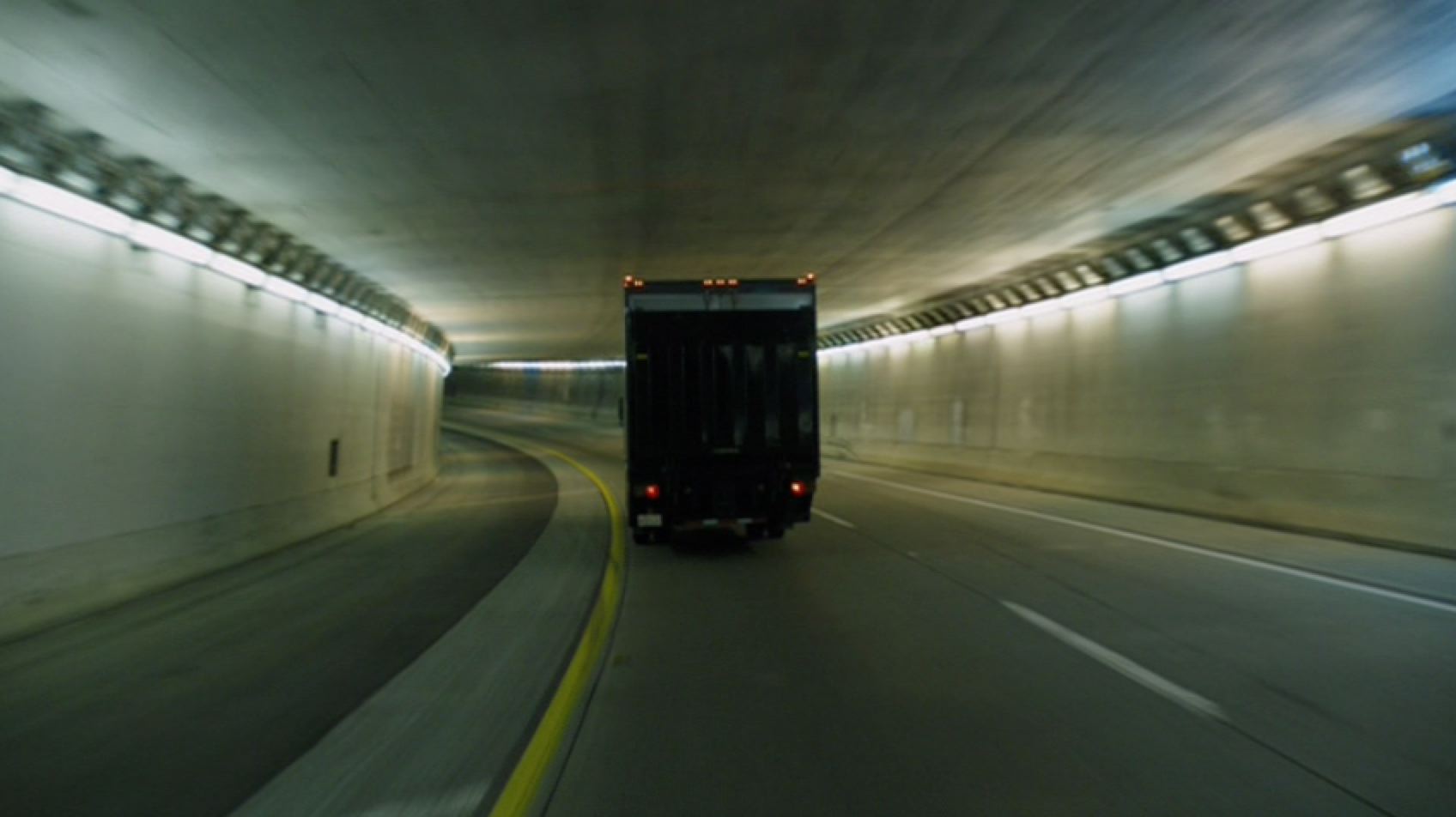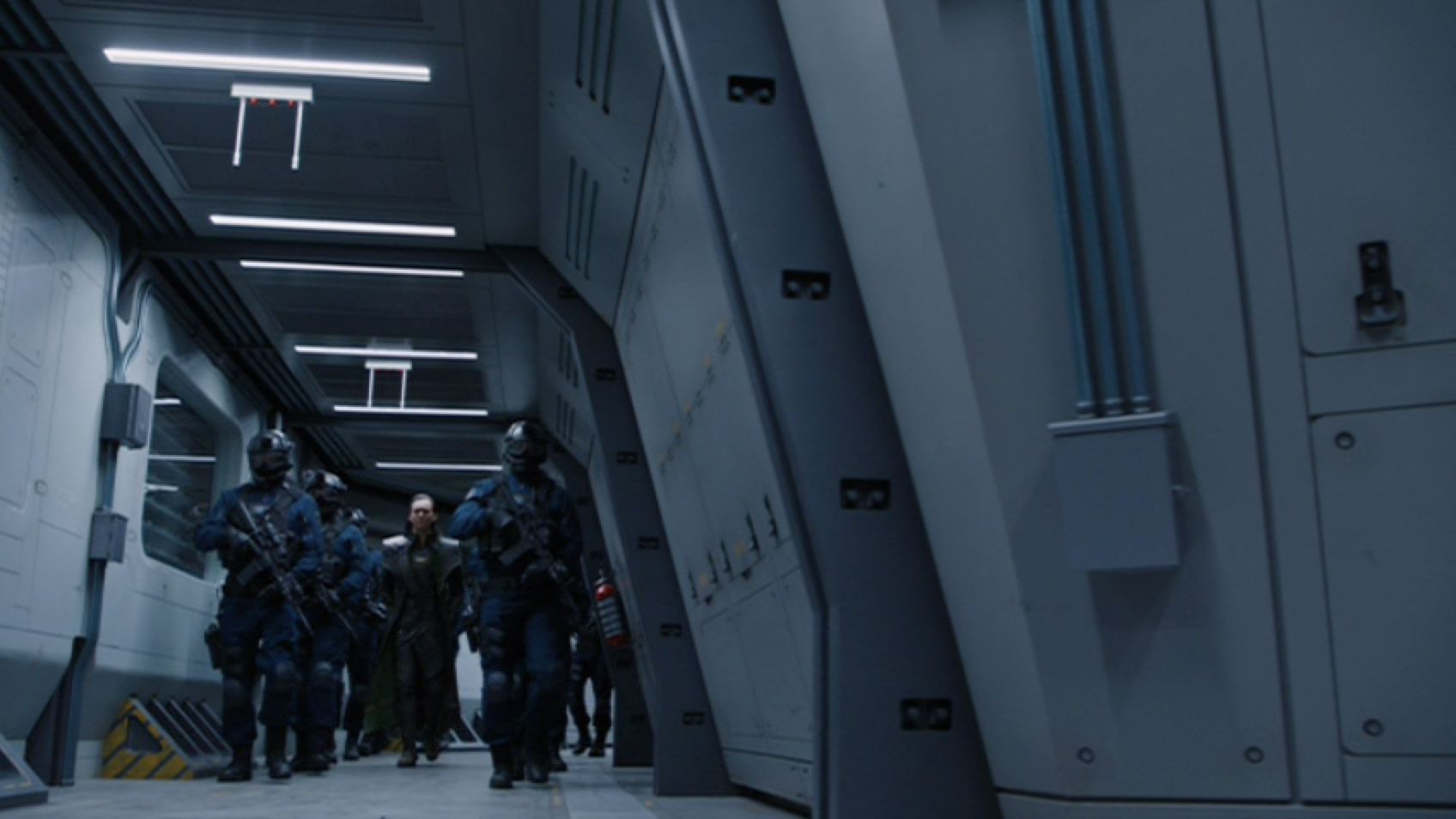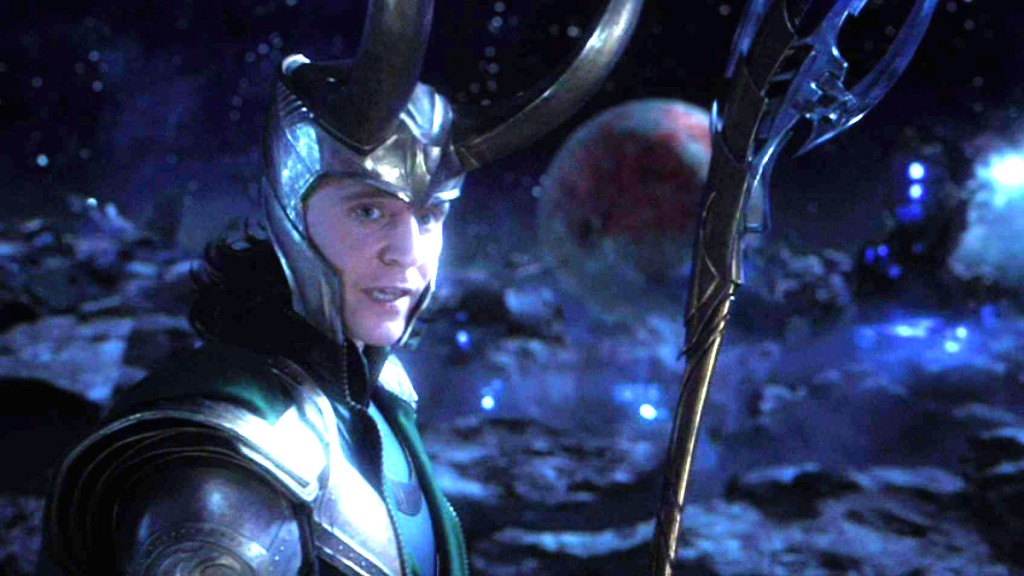The Avengers part 17
The battle sequence that concludes The Avengers is broken into three acts. The first act, roughly, unleashes the horde of Chitauri on Manhattan. The second act simultaneously ups the stakes and lets the Avengers find their footing to fight them. At the end of the second act, Loki, our primary antagonist, has monologued one too many times and has been subsequently smashed by the Hulk. No fancy hologram-Lokis this time, pure, literal brute force is enough to put Loki away for good. “Puny god,” snarls the Hulk, reminding us, with good humor, that the US is, theoretically anyway, a democracy, not a theocracy. But there are still bigger, albeit less resonant, fish to fry.
The Avengers part 16
Now that the Avengers have “cleared the red from their ledgers,” the real battle for New York, and the world, begins. Capt America, the living anachronism, is suddenly made commander. Why is unclear: he’s shown no flair for either strategy or tactics up to this point, and he’s eternally baffled by technology. He is, however, the group’s resident idealist, and Coulson’s favorite, which gives him the moral edge. Nick Fury, it’s worth mentioning, is absent from the battle. He is, I hesitate to say, the “real power” at this point, governmental power the way we mortals understand it: sneaky, underhanded and secretive, no matter how high his ideals.
The Avengers part 15
The battle sequence that caps The Avengers is ferociously complicated and it bears study for its ability to balance plot, theme, character and story.
It begins with Tony Stark confronting Loki as a mirror. If all the Avengers want to “wipe the red from their ledger,” Tony’s red is his ego. He succeeds in his first blow, insofar as he strikes it for Agent Coulson instead of for himself (although he stops short of destroying his own penthouse apartment for the sake of toppling the Tesseract’s portal-generator).
The Avengers part 14
The gloves are off, the war is on. Stark Tower is ground zero. For the first time in The Avengers’s narrative, there are civilians involved. Civilians had to pay attention in Stuttgart, but now they are collateral damage.
Why New York, again? Hasn’t New York suffered enough cinematic attacks since 9/11? From the Green Goblin’s assault on the Roosevelt Island tram to Cloverfield‘s giant angry whatsit, to Bane’s perversion of the Occupy movement, why must New York keep suffering? Part of the answer, of course, is that New York must suffer fantastic re-creations of 9/11 in order for us to understand and heal from that event as a culture. Another part of the answer is that New York is simply Marvel’s home and always has been — there are fewer cinematic real-estate shifts more jarring than the one that removed The Punisher from the gritty streets of New York and moved him to — what the ever-loving fuck — Tampa? But finally, the answer to the question “Why New York?” is that it is America’s City, the melting pot, the place where America, like it or not, was born, and is continually born, the place where all the world comes to be American. Millions of people, all from somewhere else, all living atop one another, all clashing against each other, all chasing the dream, all hating one another, all knowing that that very clashing makes the city stronger. Just like, you know, not to put too fine a point on it, The Avengers.
The Avengers part 13
Toward the beginning of Act III of The Avengers, a security guy gives clothes to Bruce Banner, who has crashed through the roof of a factory or warehouse or something. The security guy is played by Harry Dean Stanton, who, the veteran viewer knows, has seen some weird shit in his day. He asks Bruce if he’s an alien, specifically referencing Alien, where Stanton got his head gored by the eponymous xenomorph.
The Avengers part 12
Let’s talk for a moment about how The Avengers balances its “superhero” moments.
The Avengers part 11
At The Avengers‘s midpoint, it suddenly becomes Watchmen. That is, it becomes a superhero narrative about the nature of a superhero narrative. It’s been many things up to this point, but now it folds in on itself and comments on itself. Suddenly, Tony Stark, Bruce Banner and Steve Rogers all discover that Nick Fury wants the Tesseract not to light the world but to build weapons of mass destruction. Fury, in his defense, says that, until Thor came along, SHIELD didn’t need weapons powered by the Tesseract. His argument is that we need super-weapons to fight against superpowers. Does this eliminate metaphor from The Avengers‘s screenplay? That is, can a screenplay about superheroes keep going if one draws attention to the fact that the superheroes are, in fact, superheroes?
The Avengers part 10
We briefly check in with Dr. Selvig, who is in a mobile laboratory, adding his stolen irridium to the Tesseract for whatever purpose. “Checking in with the Tesseract” generally signals an act break in The Avengers, so let’s see where we are now.
The Avengers part 9
Loki, our chief antagonist so far, is aboard SHIELD’s helicarrier. The viewer is a little confused: one street fight in Stuttgart, and the bad guy is captured? Loki’s introductory shot, so reminiscent of Hannibal Lecter in Silence of the Lambs, was not a coincidence. Loki will go on to make the Lecter comparison concrete. Not only will he play the Lecter suit of corrupting minds from his cell, he is, like Lecter in Silence, not the real anatgonist, only the most charismatic one, the one most fun to watch.
The Avengers part 7
At the top of Act II of The Avengers we begin where we began Act I, in space, with The Other and Loki, checking in. They talk about The Chitauri, to remind us that that’s a thing, they talk about the mysterious boss at the other end of the jukebox, and remind us that the boss wants The Tesseract, Or Else. We also learn that Loki was once “the rightful king of Asgard,” which gives him the horse in this race. Loki may not be the Ultimate Boss of The Avengers, but he has a much more compelling motivation: revenge against his brother Thor, who exiled him. This narrative stroke, to make two characters from Thor the hinge of the screenplay, is masterful: the traditional studio approach would be to take the wild cards of the franchise (Norse gods!) and ignore them compleely, or give them only token attention. But to put Loki and Thor at the middle of this gigantic tentpole money-making machine provides a useful bridge between the mundane (Hawkeye), the fantastic-but-still-believable (Iron Man), the straight-out fantastic (Capt America, Hulk), and the gonzo sci-fi alien spectacle of The Chitauri. The mere fact that one movie embraces all these characters is daring enough, but the screenplay for The Avengers distrubutes its narratve effects so judiciously and balances its characters so well that a common, non-comics-reading audient sees a Norse god taking orders from an alien in a robe and thinks “Okay, sure, I get it.” The fact that Loki’s motivation is both human and not centered on “conquering the universe” but one-upping his good-looking brother gives the narrative an appreciable scale and, thus, creates audience involvement in something patently absurd.
